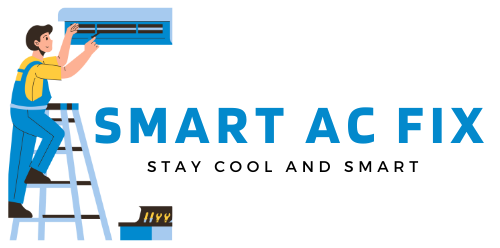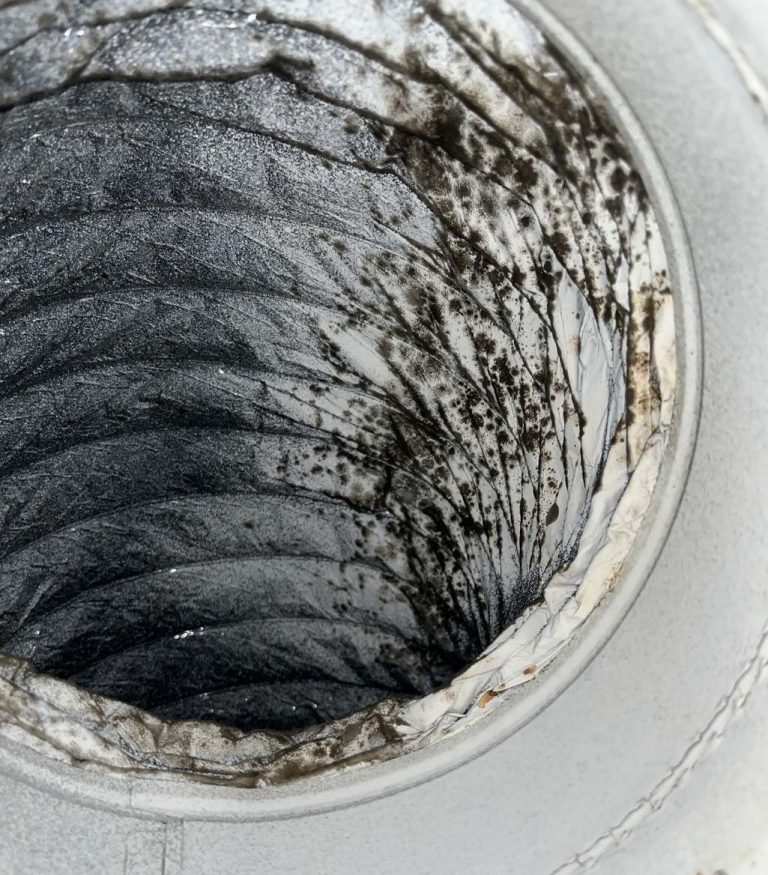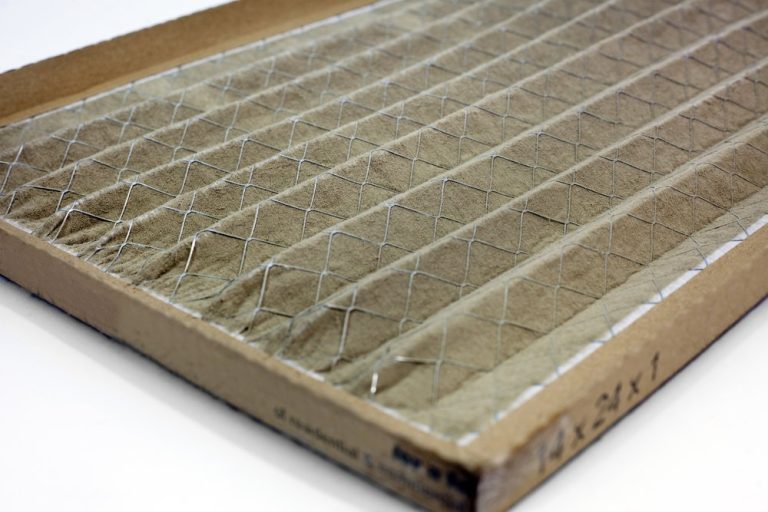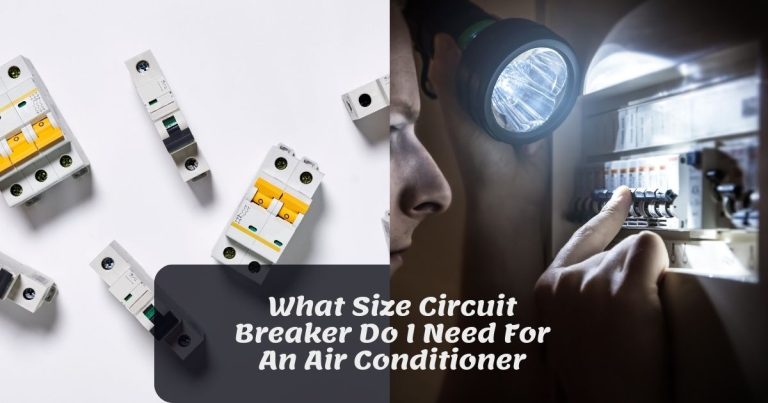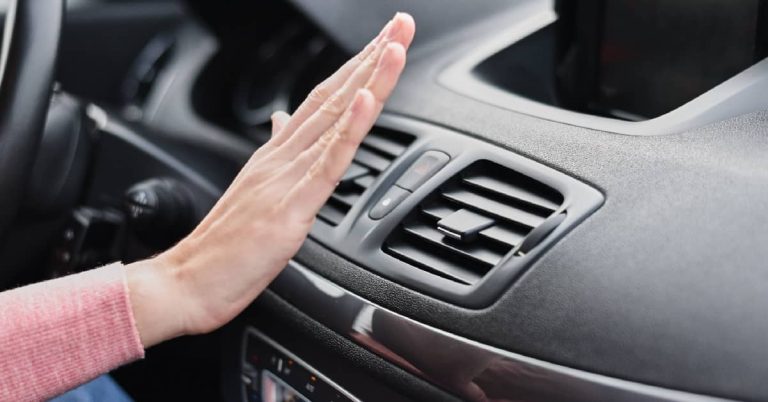Dometic Air Conditioner E1 Code: Troubleshooting Tips To Solve The Issue
The E1 code on a Dometic air conditioner indicates a communication error between the thermostat and the control board. This can be caused by a faulty thermostat, loose wiring connections, or a malfunctioning control board. Troubleshooting steps include checking the wiring, resetting the thermostat, and if necessary, replacing faulty components.
Are you the owner or user of a Dometic air conditioner who has been encountering the frustrating E1 error code? If so, you’re in the right place. We understand that maintaining and troubleshooting air conditioner units can be a daunting task, especially when faced with issues like the E1 error code.
In this blog article, we will walk you through everything you need to know about the Dometic air conditioner E1 code. From its causes to the steps you can take to resolve it, we’ve got you covered.
Whether you’re experiencing a lack of cooling, malfunctioning components, or incorrect settings, we’ll help you identify and resolve the root of the problem. With our easy-to-follow instructions and expert tips, you’ll be able to solve the E1 error code and get your air conditioner back to optimal performance. Our goal is to empower you with the knowledge and confidence to troubleshoot your air conditioner effectively.
Stay tuned as we dive into the various subtopics surrounding the E1 error code, including common causes, diagnostic techniques, and step-by-step troubleshooting methods. By the end of this article, you’ll have a comprehensive understanding of the E1 code and be equipped to tackle any issues that may arise. So, whether you’re a beginner or have some experience in air conditioner maintenance, join us as we unravel the mysteries of the Dometic air conditioner E1 code.
Understanding the E1 Code
Before delving into the causes and solutions of the E1 code in Dometic air conditioners, it’s essential to understand what exactly this code signifies. The E1 code is an error message that appears on the display panel of your air conditioner unit, indicating a problem or malfunction within the system.
When you encounter the E1 code, it’s crucial not to panic. Instead, view it as an opportunity to diagnose and resolve the issue effectively. By following the troubleshooting steps outlined in this article, you’ll be able to rectify the problem and restore your air conditioner’s optimal functionality.
Common Causes of the E1 Code
The E1 code can be triggered by various factors, ranging from minor glitches to more significant malfunctions. Understanding the common causes can help you narrow down the issue and find a suitable solution. Let’s explore some of the typical culprits behind the E1 code:
1. Sensor Problems
One of the primary causes of the E1 code is sensor-related issues. The sensors in your air conditioner play a crucial role in detecting the temperature and relaying information to the system’s control board. If any of the sensors are faulty or malfunctioning, it can trigger the E1 error code.
To diagnose this issue, you can use a multimeter to check the resistance of the sensors. If you find that a sensor is defective, it will need to be replaced to resolve the E1 code.
2. Wiring Problems
Another common cause of the E1 code is wiring problems within the air conditioner unit. Faulty or loose wiring connections can disrupt the proper functioning of the system and trigger error codes like E1.
To address this issue, you’ll need to inspect the wiring connections and ensure that they are secure and properly connected. If you notice any damaged wires or loose connections, it’s essential to repair or replace them.
3. Power Supply Issues
In some cases, the E1 code can be caused by power supply issues. If there are fluctuations or interruptions in the power source, it can disrupt the operation of the air conditioner and trigger error codes.
Ensure that your air conditioner is receiving a stable power supply. You can try plugging it into a different outlet or using a voltage stabilizer to regulate the power flow. If the E1 code persists even with a stable power supply, other causes should be investigated.
Diagnosing the E1 Code
Now that we’ve explored the common causes of the E1 code, let’s discuss how you can diagnose the specific problem in your Dometic air conditioner. By following these diagnostic techniques, you’ll be able to pinpoint the underlying issue effectively:
1. Check the Display Panel
Begin by checking the display panel of your air conditioner unit. Take note of any additional error codes or messages that may appear alongside the E1 code. This information can provide valuable clues about the root cause of the problem.
Keep in mind that different models and brands of air conditioners may have slight variations in error codes and display messages. Consult your unit’s manual or the manufacturer’s website for specific information about the E1 code.
2. Perform a Power Cycle
Next, try performing a power cycle on your air conditioner. Turn off the unit completely and unplug it from the power source. Wait for a few minutes before plugging it back in and turning it on.
In some cases, a simple power cycle can resolve minor glitches and reset the system, eliminating the E1 code. If the error persists after the power cycle, further troubleshooting steps will be required.
3. Inspect the Sensors
As mentioned earlier, sensor problems can often trigger the E1 code. To investigate this possibility, you’ll need to locate the sensors in your air conditioner and inspect them for any visible damage or signs of malfunction.
Refer to your unit’s manual or contact the manufacturer for guidance on the sensor locations. If you notice any issues with the sensors, such as loose connections or physical damage, you may need to replace them to resolve the E1 code.
4. Check the Wiring Connections
Wiring problems can also contribute to the E1 code. Carefully examine the wiring connections in your air conditioner unit, ensuring that they are secure and properly attached.
If you come across any loose or damaged wires, take the necessary steps to repair or replace them. It’s crucial to handle electrical components with caution and, if needed, seek professional assistance to ensure safety.
5. Consult a Professional
If you’ve followed the above diagnostic techniques and have been unable to resolve the E1 code, it may be time to seek professional help. An experienced technician will have the expertise and tools to diagnose and repair complex issues in your air conditioner.
Contact the manufacturer or a trusted HVAC service provider to schedule an appointment. Be sure to provide them with all the relevant information, including the steps you’ve already taken and any other error codes or messages that have appeared.
Troubleshooting the E1 Code
Now that you have an understanding of the possible causes and have performed initial diagnostics, it’s time to troubleshoot the E1 code and resolve the issue. Follow these step-by-step instructions to address the problem:
1. Reset the Unit
Start by resetting your air conditioner unit. Locate the reset button on the control panel and press it for a few seconds. This action will reset the system and clear any temporary glitches that may be triggering the E1 code.
If your unit doesn’t have a specific reset button, you can try turning it off and unplugging it from the power source for a few minutes before plugging it back in and turning it on.
2. Clean the Air Filter
A clogged or dirty air filter can restrict airflow and lead to issues with your air conditioner, including error codes like E1. Cleaning or replacing the air filter is a simple yet effective troubleshooting step.
Locate the air filter in your unit, which is typically located behind the front cover or grille. Remove the filter and inspect it for dirt, dust, or debris. If it’s dirty, gently clean it using a vacuum cleaner or rinse it with water and let it air dry.
Once the filter is clean and dry, place it back in the unit and ensure it fits securely. Restart your air conditioner and check if the E1 code has disappeared. If the error persists, further troubleshooting steps are necessary.
3. Verify the Thermostat Settings
Incorrect thermostat settings can also trigger the E1 code. Ensure that the thermostat is set to the desired temperature and operating mode (e.g., cooling, heating, or fan only).
If the thermostat settings are correct, try adjusting the temperature to a few degrees higher or lower than the current room temperature. This action will trigger the air conditioner to turn on or off, and it may help reset the system and clear the error code.
4. Conduct a Hard Reset
If the previous troubleshooting steps haven’t resolved the E1 code, you can try performing a hard reset on your air conditioner. This action will restore the system to its default settings and can potentially eliminate any persistent issues causing the error code.
To perform a hard reset, locate the main power switch or circuit breaker that supplies power to your air conditioner unit. Turn off the switch or flip the circuit breaker to the “Off” position and leave it in this state for at least 10 minutes. Then, turn the power back on and check if the E1 code remains.
5. Seek Professional Assistance
If you’ve followed all the troubleshooting steps and the E1 code is still persisting, it’s highly recommended to seek professional assistance. An HVAC technician will have the expertise and specialized equipment to diagnose and fix complex issues in your air conditioner.
Contact the manufacturer or schedule an appointment with a reputable HVAC service provider in your area. Be prepared to provide them with detailed information about the E1 code, the steps you’ve taken so far, and any additional error codes or messages that have appeared.
Remember that tampering with or attempting to repair complex electrical systems without the necessary knowledge and experience can be dangerous. Consulting a professional will ensure your safety and prevent further damage to your air conditioner.
Encountering the E1 code on your Dometic air conditioner can be frustrating, but it doesn’t have to be overwhelming. By understanding the common causes and following the diagnostic techniques and troubleshooting steps outlined in this article, you’ll be well-equipped to resolve the issue and restore your air conditioner’s functionality.
Remember to approach the troubleshooting process methodically and cautiously. Start with simple steps, such as power cycling and cleaning the air filter, before moving on to more advanced techniques. If necessary, don’t hesitate to seek professional assistance.
We hope that this comprehensive guide has provided you with the knowledge and confidence to tackle the E1 code in your Dometic air conditioner. By following the steps outlined here, you’ll be able to enjoy cool, comfortable air once again.
Tech Tips: How to Resolve E1 and E2 Error Codes (L)
Frequently Asked Questions (FAQ)
What does the E1 code on my domestic air conditioner mean?
How can I fix the E1 code on my domestic air conditioner?
Can I continue using my domestic air conditioner if it shows the E1 code?
Why does my domestic air conditioner display the E1 code intermittently?
Is the E1 code covered under my air conditioner’s warranty?
Final Summary: Resolving the E1 Code on Your Dometic Air Conditioner
In conclusion, encountering the E1 code on your Dometic air conditioner can be alarming, but it’s important to approach it as an opportunity to diagnose and resolve the issue. The E1 code is an error message that indicates a problem within the system, and it can be caused by various factors.
One of the common causes of the E1 code is sensor problems. Faulty or malfunctioning sensors can trigger the error code, and they may need to be replaced to resolve the issue.
Wiring problems can also contribute to the E1 code, so it’s crucial to inspect the wiring connections and repair any loose or damaged wires. Power supply issues can also trigger the E1 code, so ensuring a stable power supply is essential. Using a voltage stabilizer or trying a different outlet can help regulate the power flow and eliminate the error code.
To diagnose the specific problem in your air conditioner, you can follow a step-by-step diagnostic process. This includes checking the display panel for additional error codes or messages, performing a power cycle, inspecting the sensors for any damage, and checking the wiring connections. If you’ve gone through the diagnostics and have been unable to resolve the E1 code, it’s recommended to seek professional assistance.
